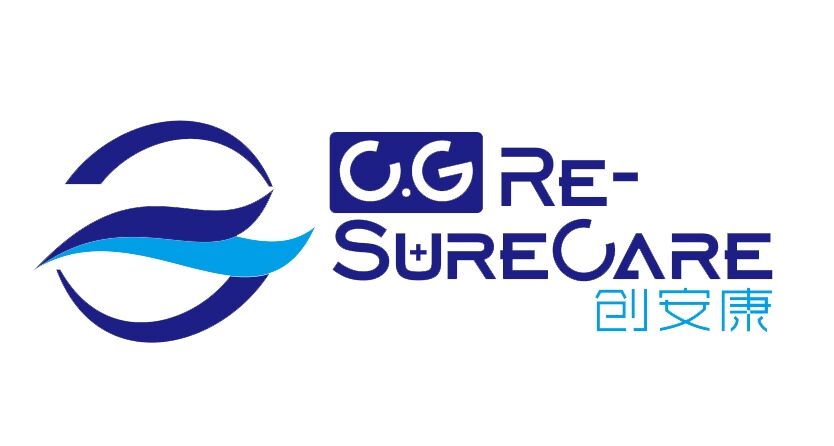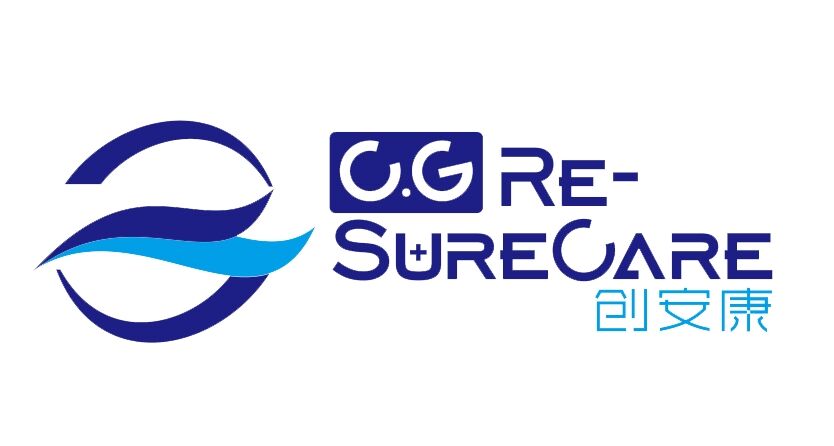The Versatility of Medical Transfer Slings in Patient Care
Enhancing Patient Mobility and Security
In transfers from one place to another, medical transfer slings play a vital role in promoting patient mobility and ensuring their safety. These specialized machines are designed to assist lift the whole weight of a patient so as to reduce the chances of falls or injuries during manual handling. It becomes much easier and safer for caregivers to move patients who can not walk or stand by themselves when they spread out the weight of patients on a sling.
Adopting Different Health Care Environments
Medical transfer slings are highly indispensable in different healthcare settings because they can be easily adjusted. This is true in hospitals, nursing homes, rehabilitation centers where these serve as efficient option for moving clients across beds, wheelchairs, examination tables and other surface areas. They can also be customized for various sizes of patients hence making it possible to achieve tight fits every time.
Improving Comfort and Reducing Pressure Points
The application of medical transfer slings has one major advantage that is improved comfort. To mitigate this problem, many slings are made with cushioned materials that help prevent pressure points thus reducing risks of developing skin breakdowns. Specifically, this is very crucial for those people who have limited mobility and spend most of their time on bed or wheel chair since it will enable them maintain healthy skin condition.
Infusing Technology for Enhanced Results
Designs for medical transfer slings have been getting better each day due to technology advancements. For example, some models come with traits like non-slip materials which make transferring process easier while others are made using easy-to-clean materials among others. These developments do not only give rise to better patient care but also make it simpler and faster for healthcare workers to shift such patients.
Satisfying Regulatory Requirements along with Good Practices
Manufacturers should follow well-known guidelines so as their products meet both regulatory requirements involving quality assurance and safety standards for medical transfer slings. In addition, there are best practices that govern how these slings should be used in healthcare facilities including correct positioning and regular checks to ensure they are in good condition.
Training Staff for Proper Use
Appropriate training of healthcare staff is necessary to optimize the use of medical transfer slings. The health workers must know how to put a sling under the patient correctly, ensure that straps fit properly and get familiar with various mechanical parts such as lift systems. This can allow caregivers to comfortably use them without harming themselves or patients.
Sustaining Independence and Respect
Medical transfers will also lead to greater autonomy and dignity among patients. Consequently, these machines facilitate smooth movements, allowing individuals to become active participants in their own treatment plans and daily tasks. Being independent plays a vital role in mental health thus this fosters better outcomes generally.

 EN
EN




























